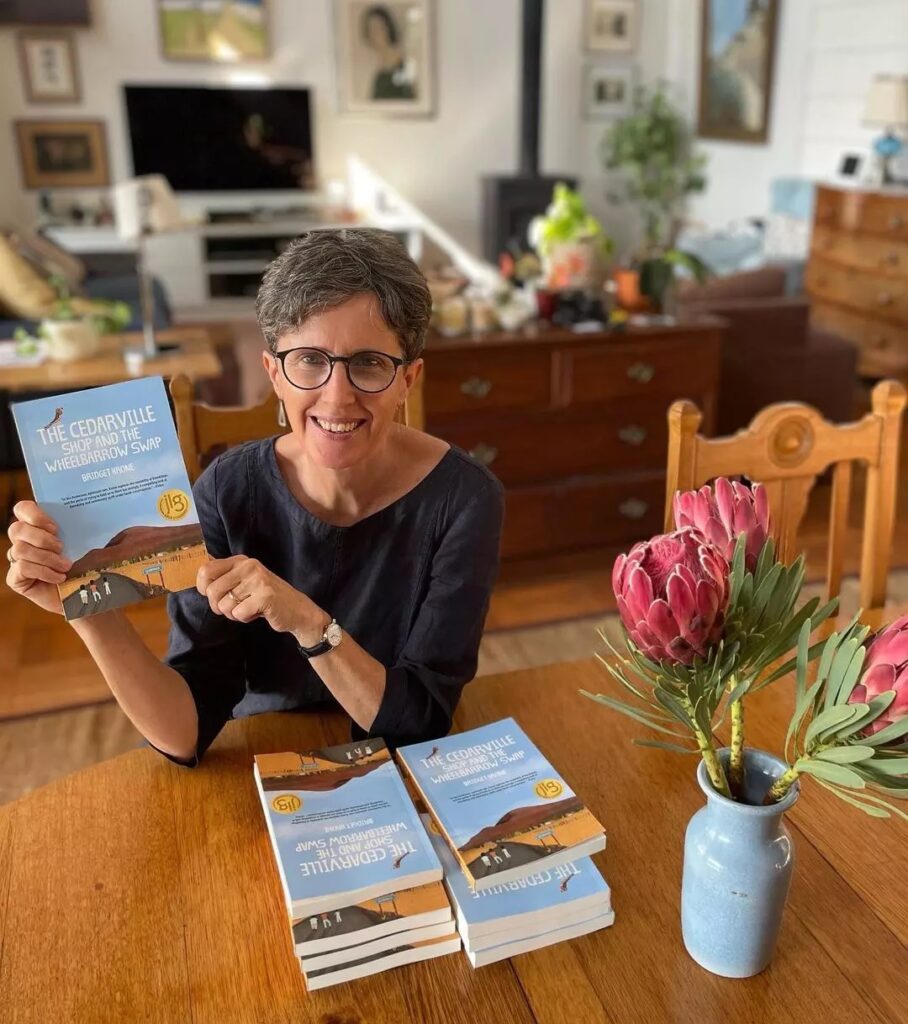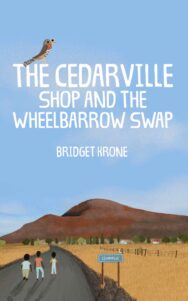We’re thrilled with the reception that Bridget Krone’s newest middle-grade novel, The Cedarville Shop and the Wheelbarrow Shop has been getting since it was released in South Africa! Not only is it great to see a local author being supported (nearly 100 people turned out for Bridget’s book launch!), it’s validating to see that people are hungry for stories that reflect their home, their lives, and their experiences. In 1990, educator Rudine Sims Bishop published her groundbreaking essay “Mirrors, Windows, and Sliding Glass Doors,” which spoke to the idea of books being a tool for empathy, understanding, and confidence:
Books are sometimes windows, offering views of worlds that may be real or imagined, familiar or strange. These windows are also sliding glass doors, and readers have only to walk through in imagination to become part of whatever world has been created and recreated by the author. When lighting conditions are just right, however, a window can also be a mirror. Literature transforms human experience and reflects it back to us, and in that reflection we can see our own lives and experiences as part of the larger human experience. Reading, then, becomes a means of self-affirmation, and readers often seek their mirrors in books.
That’s been something we’ve always looked toward in our children’s books, and Cedarville is another great addition. The novel, set in the small, impoverished village of Cedarville, centers on 12-year-old Boipelo Seku. When he reads an article about a Canadian man who, starting with a paperclip, makes trade-after-trade until he gets a house, Boi thinks that this might be a way to do the same for his own family. He hatches his own trading plan starting with a tiny clay cow he molded from river mud. Trade by trade, Boi and his best friend Potso discover that even though Cedarville lacks so many of the things that made the paperclip trade possible, it is fuller than either of them ever imagined.
Author Bridget Krone has created a set of educational resources to help create those mirrors, windows, and sliding doors for both South African and US readers. We’ll let her fill you in:

“The Cedarville Shop and the Wheelbarrow Swap makes an ideal set book for Grades 5 or 6. It is so important that South African children see their own country reflected in at least some of the stories they read. This book will appeal to both boys and girls, it sweeps along at a good pace, chapters are short to encourage even reluctant readers and the critics all concur that the characters are believable and endearing. The book, which has not yet been released in the American market, has already been named a gold standard book by the Junior Library Guild. It does not shy away from some serious South African issues, but does so with a light touch and plenty of humour and optimism. The 12 free downloadable worksheets are Curriculum and Assessment Policy Statement (CAPS) compliant but can be used in schools all over the world.”
You can download the worksheets here, and stay tuned as we add additional educational materials for other books!
The Cedarville Shop and the Wheelbarrow Swap is out now in South Africa, and releases October 18 in the US.




